(QBĐT) - The afternoon in the countryside always wears a gentle color, as if the sky and earth want to be quiet a bit to give way to peace. In the small yard, grandma's betel trellis stretches out to welcome the pale sunlight, the cool green leaves swaying in the gentle breeze.
The sweet and spicy scent of betel wafted through the air, weaving a picture where each leaf and each branch carried a part of the memory. I still remember the early mornings when my grandmother would stand by the betel trellis, her calloused hands gently stroking each leaf, her affectionate eyes as if sending all her heart into that green color. The betel trellis was where she had been attached to her entire life, from the time her hair was still green until her back was bent and her hair was streaked with silver. The betel leaves were still full of life, like the love she had for her family, for her children and grandchildren, and for the familiar garden full of memories.
Every time I came home from school, I ran to her, fascinated by her nimble hands picking fresh betel leaves. She gently placed a few leaves in my hand, then laughed when I curiously picked up a small branch and brought it to my nose to smell. The scent of betel was slightly spicy, but strangely, it seemed to contain her familiar warmth. She once said that betel was not only for chewing, but also a precious medicine that helps cure diseases, cool the body, and ward off evil spirits. Her voice at that time was slow, warm like a gentle lullaby, gradually permeating my mind. Each of those words, like a seed quietly planted in my memory, became a beautiful memory that I still cherish over the years.
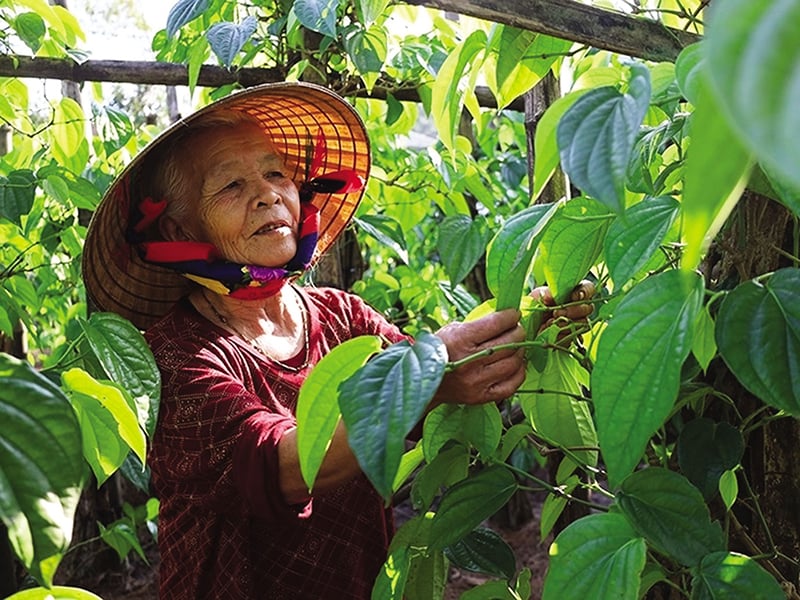 |
Every betel season, she carefully picks the lush green leaves, patiently dries them, and then stores them in a ceramic jar for later use. While chewing betel, she often tells stories of a distant past: about her youth, about the bustling countryside markets, about her husband’s first love associated with simple pieces of betel and areca, and about memories that have faded over the years. She says that betel is not just a leaf, it is the feelings, the culture, the soul of the Vietnamese people. In each piece of betel, many rituals and customs of our ancestors are wrapped up and passed down. Her betel trellis, therefore, is not just a row of trees in the corner of the garden, but also a place to preserve sacred memories – an indelible part of the soul of the countryside.
Once, I asked her: “Why do you grow so much betel leaves, grandma?” She smiled and said, betel leaves are for your grandparents to chew, to entertain guests, to display on the altar during death anniversaries and holidays. Sometimes she even used betel leaves to cure diseases. I heard many stories about Eastern medicine when she was young. At that time, she was a healer who helped her neighbors, with all her joy and passion. She never refused anyone, and whenever someone needed her help, she was willing.
Every afternoon when the sun faded, the old ladies in the neighborhood gathered around their betel trellis. I still remember each one clearly: Mrs. Tu with her slightly swaying gait because of her painful leg, Mrs. Sau with her gray hair but still bright eyes, and Mrs. Nam with her kind smile, who despite having lost several teeth still could not give up the habit of chewing betel. They were close friends, who had accompanied each other through many betel seasons, many village markets, close from the time their hair was still green until their hair turned white. Each person had a handful of betel, chewing toothlessly, inhaling the spicy taste spreading on the tip of their tongue. After chewing betel, the ladies burst into laughter, excitedly recounting old stories from the times they planted rice in the rain, the days they were exposed to the scorching sun in the fields, to the first days of being a daughter-in-law when they were still confused and fumbling. Each story seemed to have been told hundreds of times, but every time I heard it, I felt warm inside, as if those memories were distilled from loving affection.
Every time they mentioned their loved ones, their eyes sparkled, as if old memories were flooding back. Some women had tears in their eyes when they talked about their children living far away, or their grandchildren they last saw when they were very young. Then, the happy stories continued, and the laughter rang out, making the whole garden lively. We children sat quietly listening from afar, not understanding all of this, only seeing the women chewing betel and smiling, their cheeks rosy as if youth was returning.
Now, when I grow up and go far away from the village, my grandmother’s betel trellis is still green, still standing there in the corner of the garden, quietly following each rainy and sunny season. Every time I return to my hometown, looking at the lush green betel trellis, my heart remembers my grandmother’s old hands, the times she sat telling stories, the bitter pieces of betel that were full of love she had for her family. That betel trellis is like a part of my hometown’s soul, reminding me of the peaceful, simple years with my grandmother, and of the immense love she still has for us like that betel trellis, forever green in my memory.
Source: https://baoquangbinh.vn/van-hoa/202504/gian-trau-cua-ba-2225623/


![[Photo] National Assembly Chairman Tran Thanh Man meets with Ethiopian Prime Minister Abiy Ahmed Ali](https://vstatic.vietnam.vn/vietnam/resource/IMAGE/2025/4/16/c196dbc1755d46e4ae7b506c5c15be55)
![[Photo] Opening of the Exhibition on Green Growth](https://vstatic.vietnam.vn/vietnam/resource/IMAGE/2025/4/16/253372a4bb6e4138b6f308bc5c63fd51)
![[Photo] Opening of the 4th Summit of the Partnership for Green Growth and the Global Goals](https://vstatic.vietnam.vn/vietnam/resource/IMAGE/2025/4/16/488550ff07ce4cd9b68a2a9572a6e035)

![[Photo] President Luong Cuong receives Ethiopian Prime Minister Abiy Ahmed Ali](https://vstatic.vietnam.vn/vietnam/resource/IMAGE/2025/4/16/504685cac833417284c88a786739119c)
![[Photo] President Luong Cuong meets 100 typical examples of the Deeds of Kindness Program](https://vstatic.vietnam.vn/vietnam/resource/IMAGE/2025/4/16/ce8300edfa7e4afbb3d6da8f2172d580)



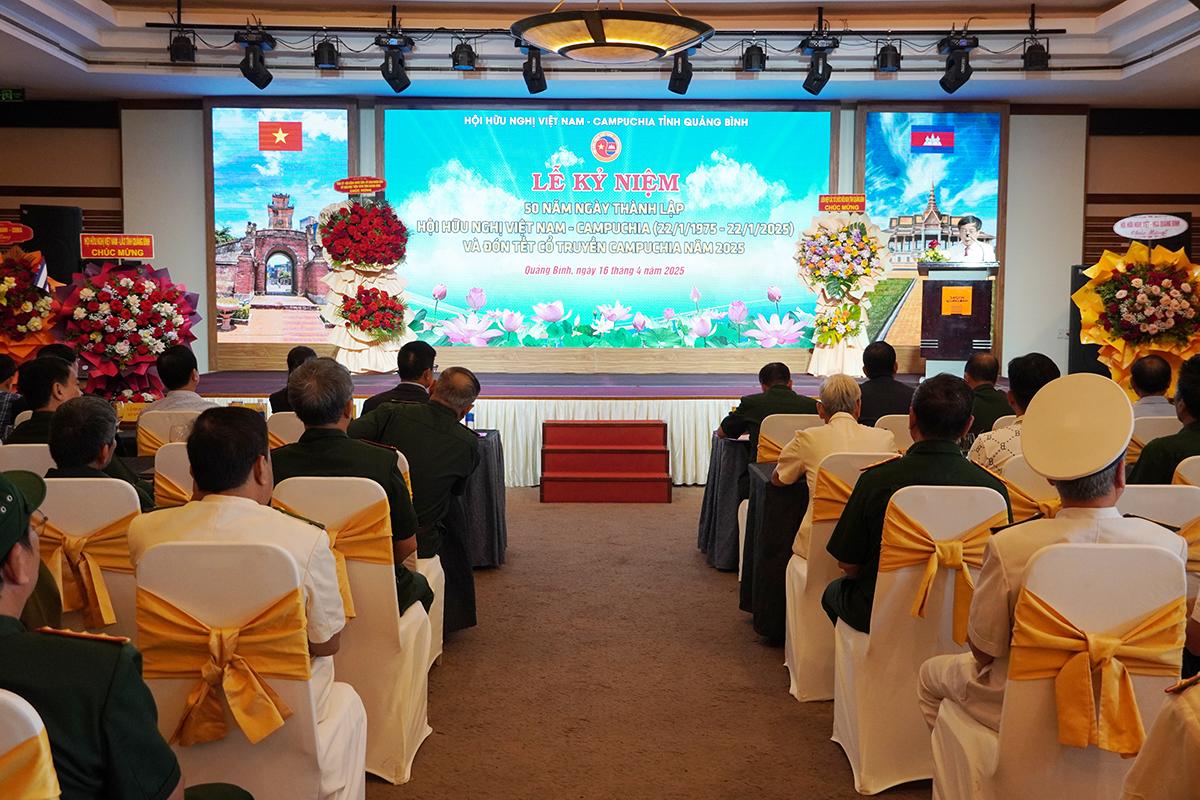






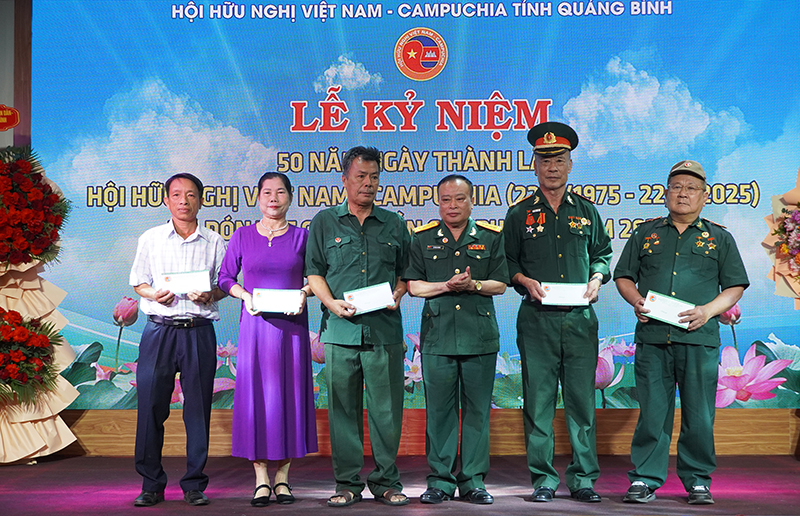


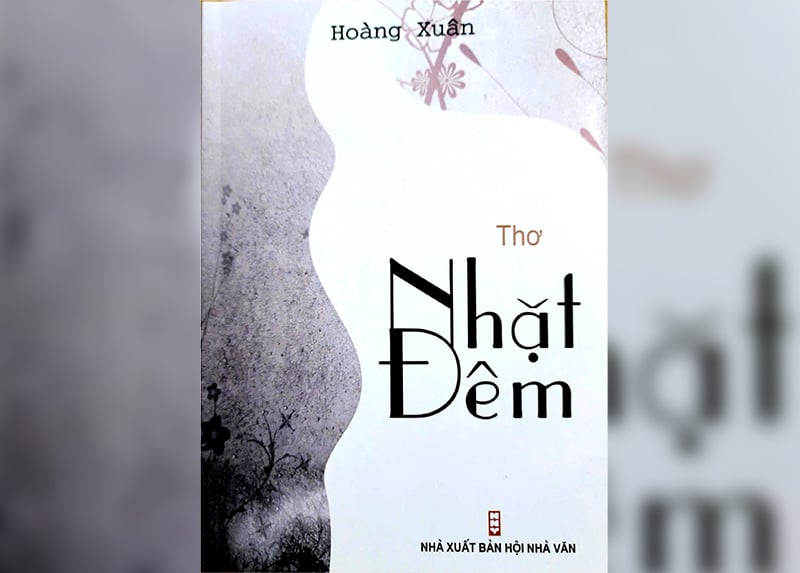




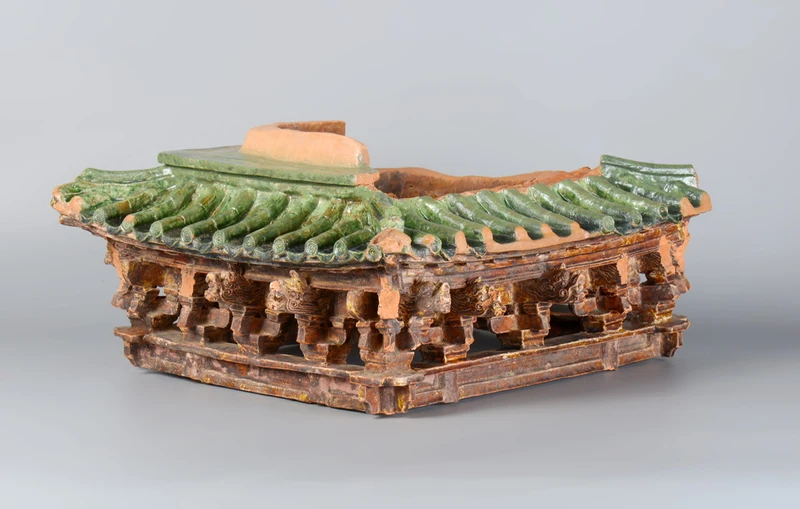



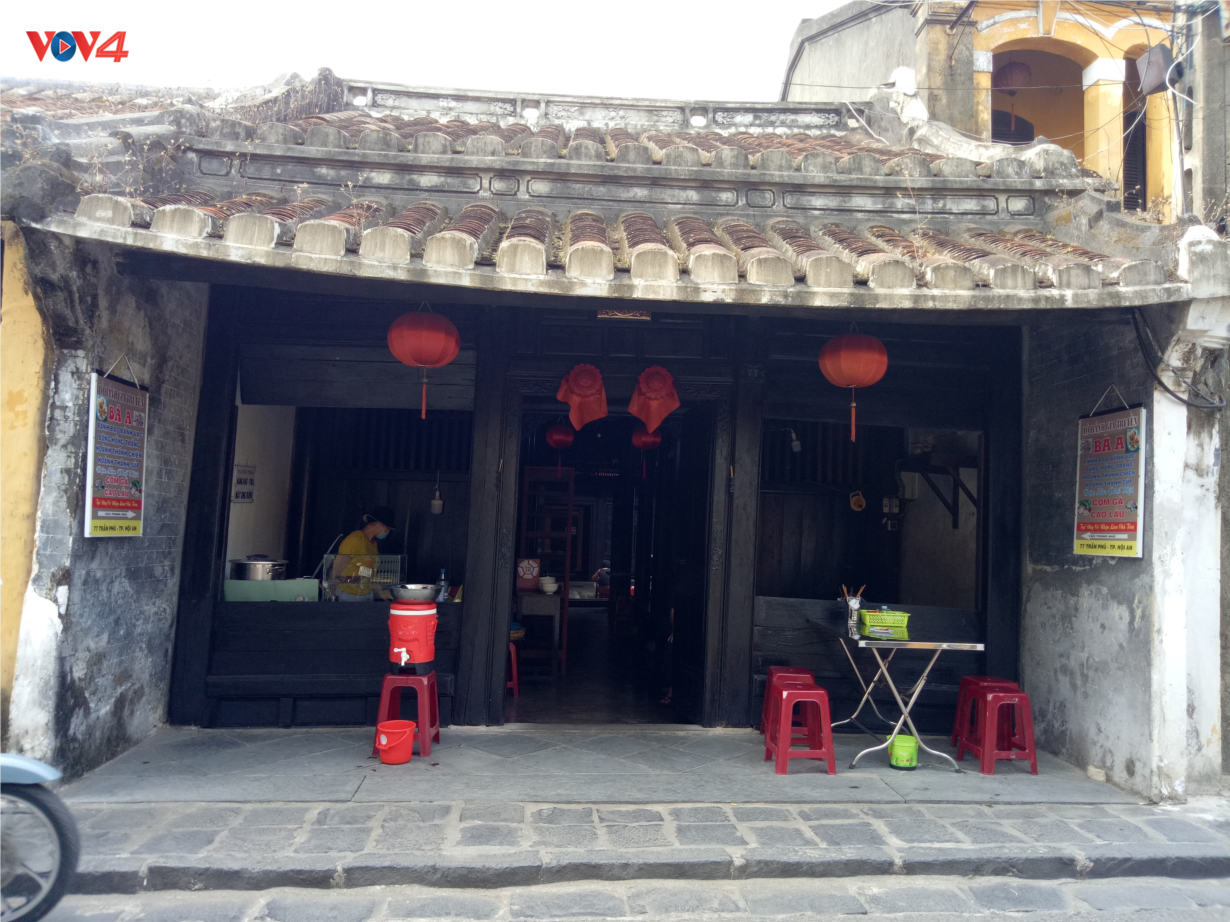







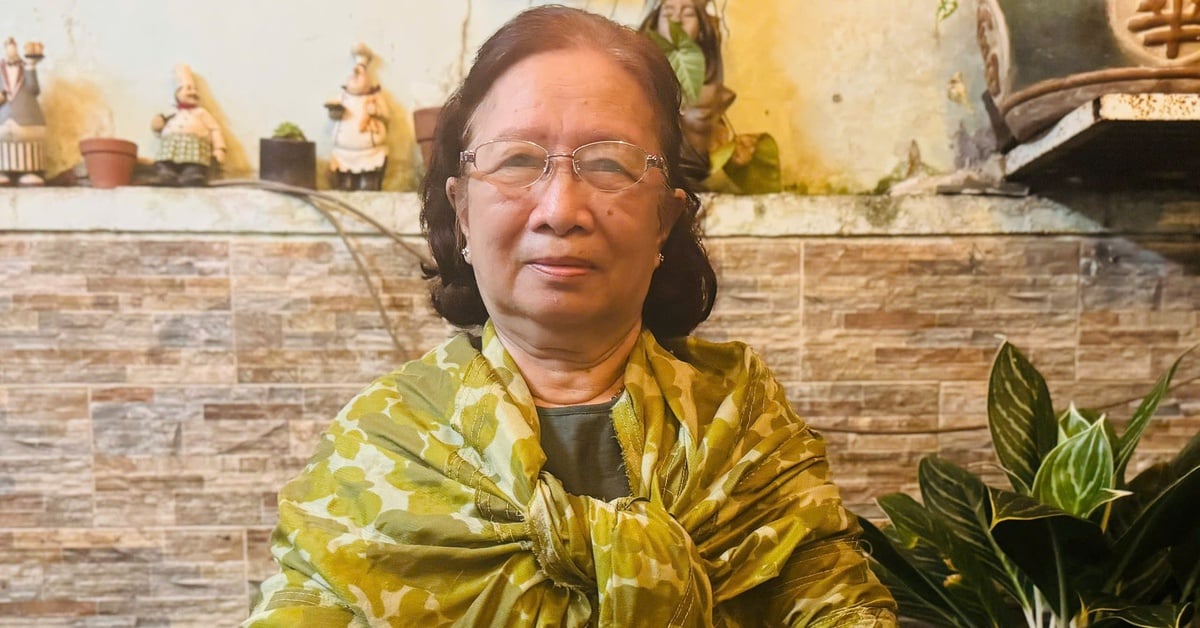

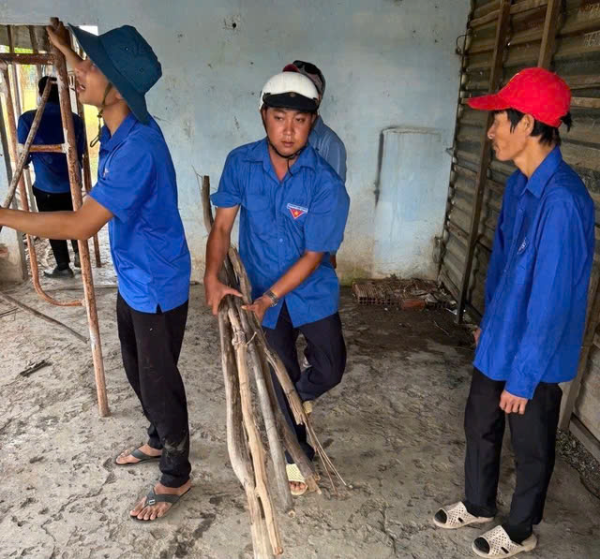




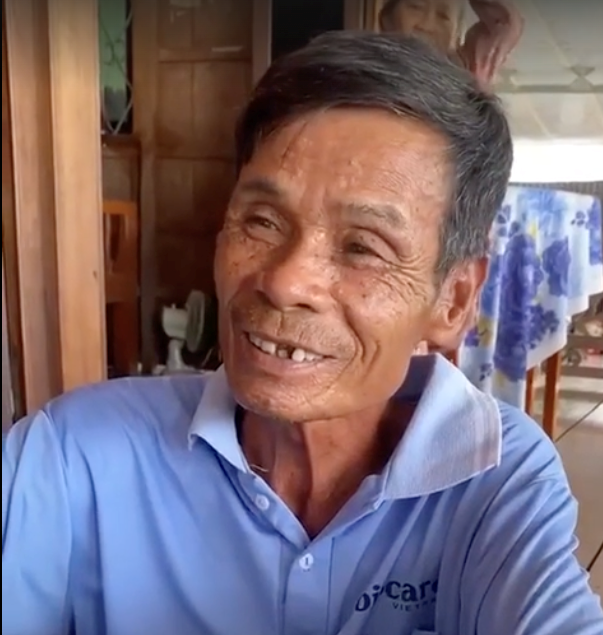































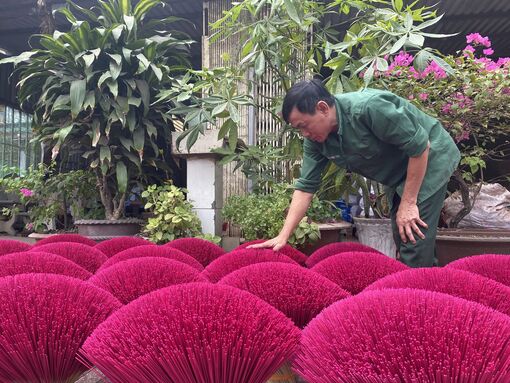



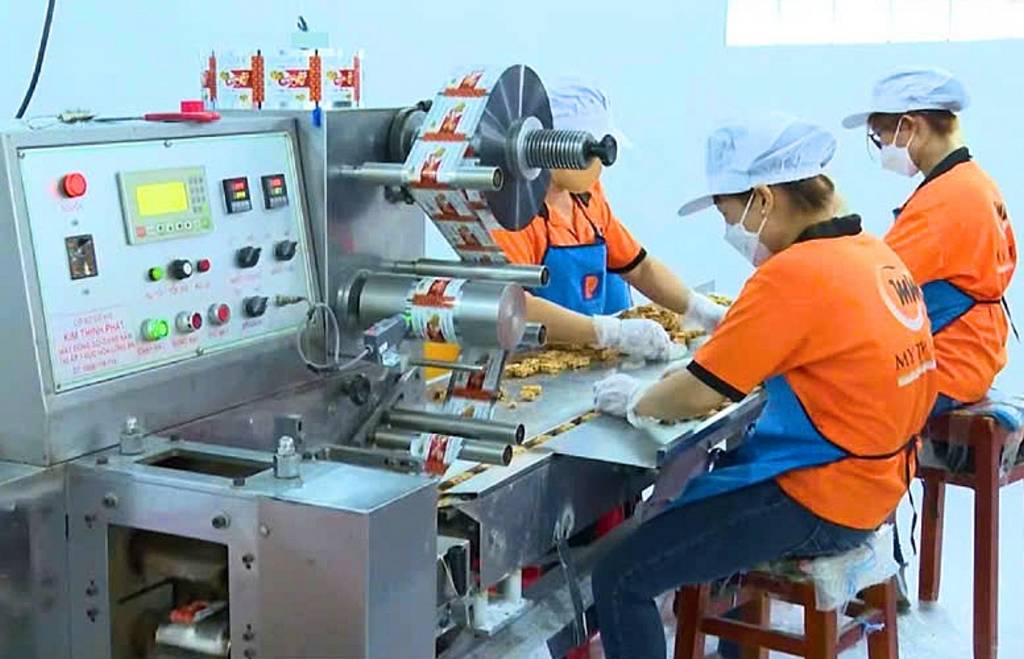
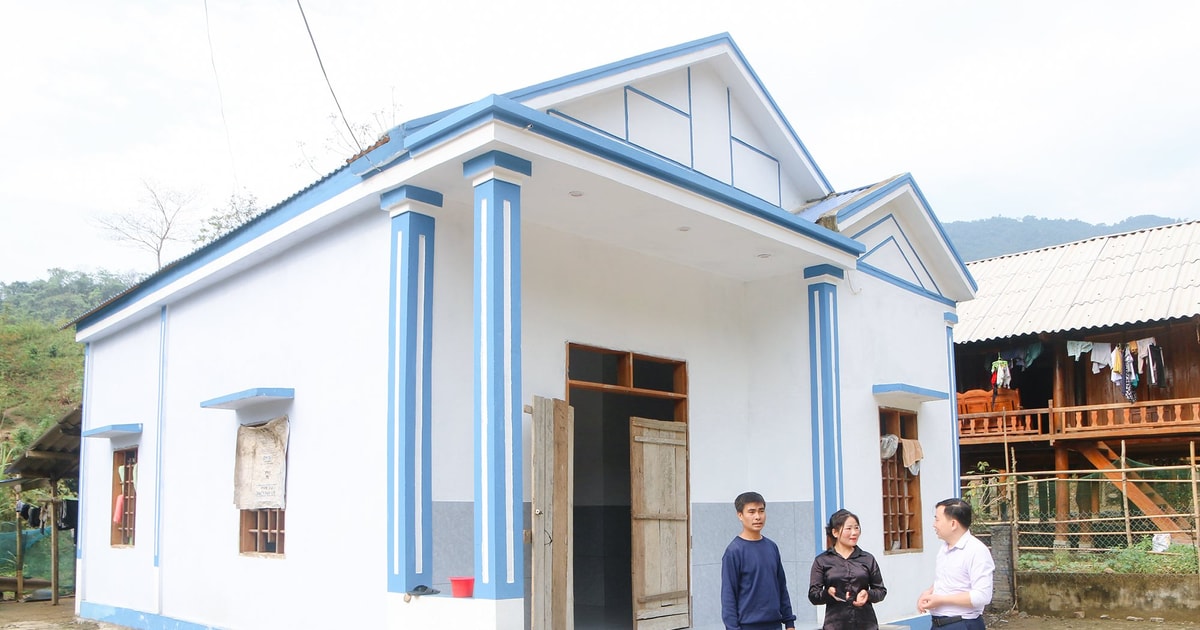












Comment (0)